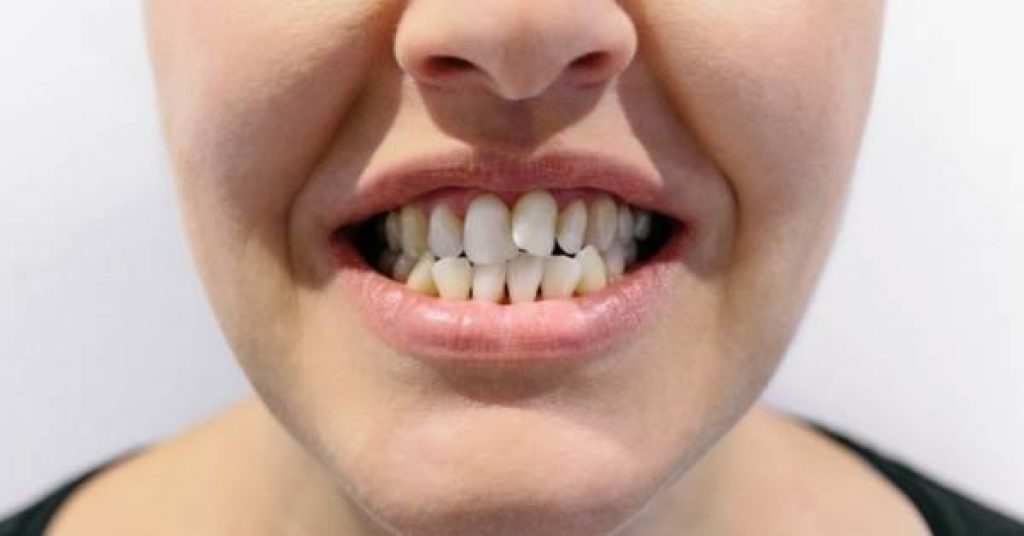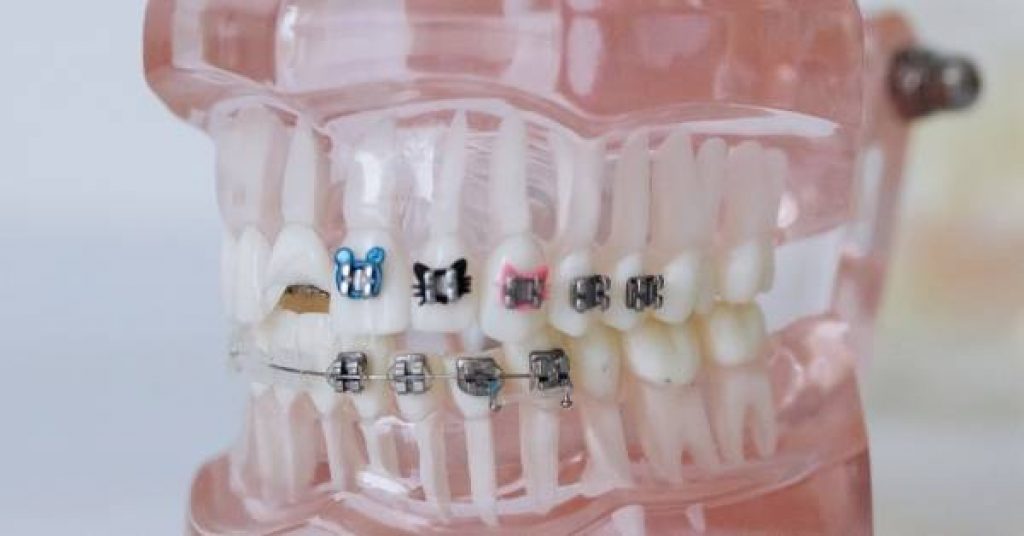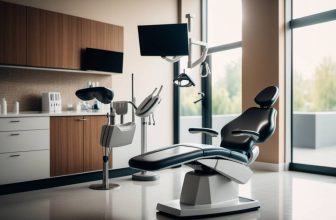There are a few different types of teeth alignment, but asymmetrical teeth alignment is less common. This type of alignment happens when the top and bottom teeth are not symmetrical, meaning they are not aligned in the same way. This can be caused by some things, such as tooth decay, gum disease, or even an injury.
If you are experiencing asymmetrical teeth alignment, you must visit your dentist to get it checked out. Different treatment options are available to get your smile back on track. In some cases, you may need to wear a brace to correct the alignment; in other cases, you may need surgery to fix the problem.
Do you have asymmetrical teeth alignment?
Do you have a smile that’s not quite symmetrical? You may have midline misalignment.
Midline misalignment is a condition where the two halves of your face are not perfectly symmetrical. It can cause one side of your smile to be smaller or lopsided.

It’s not always easy to tell if you have midline misalignment. Many people don’t realize they have it until they get a professional evaluation.
If you think you may have midline misalignment, there are a few things you can do:
- See a dentist or orthodontist for a professional evaluation
- Use an online facial symmetry checker to get a rough idea of how asymmetrical your smile is
- Ask your friends and family if they’ve ever noticed that your smile is asymmetrical
If you have midline misalignment, don’t worry – treatments available can help correct the issue. In most cases, treatment is simple and doesn’t require surgery.
If you’re concerned about the symmetry of your smile, talk to your dentist or orthodontist about midline misalignment. It’s a condition that can be corrected, and you may be surprised at how much of a difference it can make.
4 Ways to fix asymmetrical teeth
If you have asymmetrical teeth, there are a few things you can do to fix the problem. In most cases, treatment is simple and doesn’t require surgery.
Here are a few options for correcting asymmetrical teeth:
1. Braces
Braces are one of the most common treatments for asymmetrical teeth. Your dentist or orthodontist can gradually move your teeth into the correct position by wearing braces.

2. Invisalign
Invisalign is a transparent aligner system that can be used to correct asymmetrical teeth. Like braces, Invisalign gradually moves your teeth into the correct position. However, Invisalign is nearly invisible, so many prefer it over braces.
3. Crowns
In some cases, your dentist may recommend placing crowns on your teeth. Crowns can change the shape, size, and color of your teeth.
4. Veneers
Veneers are thin pieces of porcelain placed over your teeth’ front surface. Veneers can be used to change the shape, size, and color of your teeth.
Talk to your dentist about which treatment option is right for you. Depending on the severity of your asymmetrical teeth, you may need one or more treatments to fix the problem.
Why do I have asymmetrical teeth?
There are several reasons why you may have asymmetrical teeth. In some cases, it’s due to genetics. If your parents or grandparents had asymmetrical teeth, you might be more likely to have the condition.
Other times, asymmetrical teeth can be caused by an injury or trauma to the mouth. This can cause the teeth to become misaligned.
Finally, in some cases, asymmetrical teeth may be due to dental problems such as tooth decay or gum disease. If these conditions are not treated, they can lead to misaligned teeth.
If you’re concerned about the symmetry of your smile, talk to your dentist. They can help you determine the cause of your asymmetrical teeth and recommend treatment options.
Frequently Asked Questions
Should teeth be perfectly symmetrical?
Many believe teeth should be perfectly symmetrical, but this is not always the case. Some people have asymmetrical teeth due to genetics, an injury, or dental problems.
If you are concerned about the symmetry of your smile, talk to your dentist. They can help you determine the cause of your asymmetrical teeth and recommend treatment options.
Can braces entirely correct a canted midline?
Yes, braces can be used to correct a canted midline. Your dentist or orthodontist can gradually move your teeth into the correct position by wearing braces. If you’re concerned about the symmetry of your smile, talk to your dentist about correcting a canted midline. It’s a condition that can be corrected, and you may be surprised at how much of a difference it can make.







